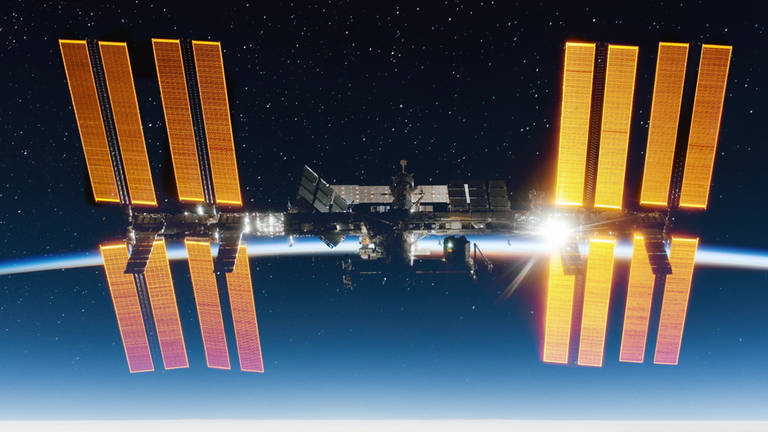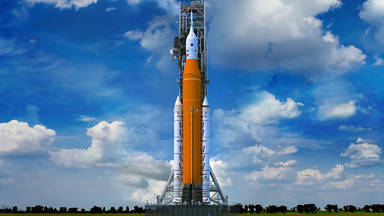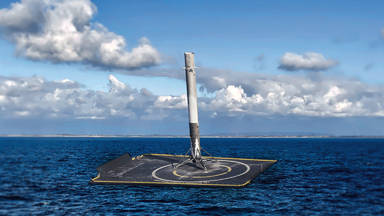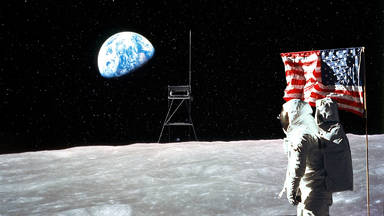
For decades, the International Space Station has been a symbol of international cooperation. The two rivals managed to put aside their differences and began a plan that would benefit all mankind. After 23 years, the International Space Station is naturally coming to an end and Russia feels that it is time to abandon the International Space Station and build its own national space station. So here is how Russia plans to withdraw from the International Space Station and the progress of its next space station.
Before we look at new Russian space station, let us first see why Russia is leaving the International Space Station. Of course, ageing. The International Space Station was primarily designed in the 1990s, and the first International Space Station module was launched in 1998.
Currently, the astronauts of the International Space Station are using the technology of 20-30 years ago. NASA claims that there are still many studies that can be done using the same technology, but there is no doubt that new devices with the most advanced technology will make this process much smoother.
Technology is not the only aging component. The overall fuselage and appearance of the International Space Station are also deteriorating. Space is a very unforgiving place, with a lot of radiation, ultra-cold temperature and a lot of space debris. The International Space Station designed by scientists can withstand all the harsh forces that exist in space, but as the International Space Station ages, the possibility of certain components malfunctioning is much higher.
Just a few years ago, astronauts on the International Space Station noticed a drop in pressure. After some inspections, they found a small hole in the wall of the International Space Station. They resolved the problem quickly and no one was injured, but this incident indicated that a serious problem may have occurred.
Russia actually regards security as the main reason for its departure from the International Space Station. Last month, Russian Deputy Prime Minister Yuri Borisov said: "We must not risk our lives. The structure and the metal getting old, it can lead to irreversible consequences — to catastrophe."
Another important consideration when it comes to keeping the International Space Station running is funding. The construction of the ISS costs $150 billion. We don't know how much money Russia spends on the International Space Station each year, but we do know that NASA spends between $3 and $4 billion annually to keep the ISS international. Assuming Roscosmos, Russia's State Corporation for Space, spends a similar amount, Russia is dumping at least a few billion dollars on the ISS every year. By implementing all the experience that Russia has gained from operating the ISS, they will likely be able to build a new space station that is much cheaper to operate.
Another thing to consider is that NASA recently stopped subsidizing the Russian portion of the ISS. Ever since NASA retired the space shuttle, they had relied on Soyuz rockets to send American astronauts to the International Space Station. It is estimated that between 2011 and 2019, NASA spent $3.9 billion on Soyuz rockets to transport American astronauts.
There is no doubt that these revenues cover Russia's net contribution to the International Space Station, but beginning last year, NASA began to rely on SpaceX to perform manned missions to the International Space Station. Starliner also completed the first fully successful unmanned International Space Station mission, so NASA now has two different options to send astronauts to the International Space Station. Therefore, They will not buy tickets on the Soyuz in the short term, which means that Russia will have to spend more money to maintain the operation of the International Space Station.
When both Russia and NASA are preparing for the next step, this increase in maintenance costs does not make sense for Russia at all. the International Space Station is not the ultimate goal of space exploration. The long-term goal is to return to the moon, take people to Mars, and so on. Therefore, neither NASA nor Russia are interested in spending most of their budget on the International Space Station.
NASA finally hopes to return humans to the moon in 2024, and Russia is working hard to send humans to the moon by 2030. At the same time, NASA plans to open the International Space Station to astronauts and tourists. Although I do not think Russia has any objections to this plan, I do not think they really care about spending manpower to support this work in the long run.
Fortunately, they do not withdrew from the partnership without a long warning time. Russia has indicated that it will confirm or extend its departure date in 2025, which means that Russia has given the International Space Station partners at least five years to prepare for their departure. Whether they leave in 2025 or 2030, it actually depends on how successful their space station is.
Russia started building this new space station in 2015, and they hope it will be ready for launch by 2025. If they can finish before the deadline, the next goal is to put the entire space station into orbit by 2030, by which time Russia will be completely out of international space. It should be noted that Russia said exactly the same thing on different dates 6 years ago. In 2015, Russia announced that it would leave the International Space Station in 2020 and enter its space station in early 2020s which obviously did not happen, so these deadlines are likely to be postponed again.
In addition to building its own space station for the earth, Russia has also cooperated with China to build a space station on the moon. This actually looks very similar to NASA'S Lunar Gateway, but Russia is not really interested in participating in the Lunar Gateway project. However, once the NASA's project is completed, it is open to allow other countries to use its lunar space station. We can only wait and see to see how it turns out.









